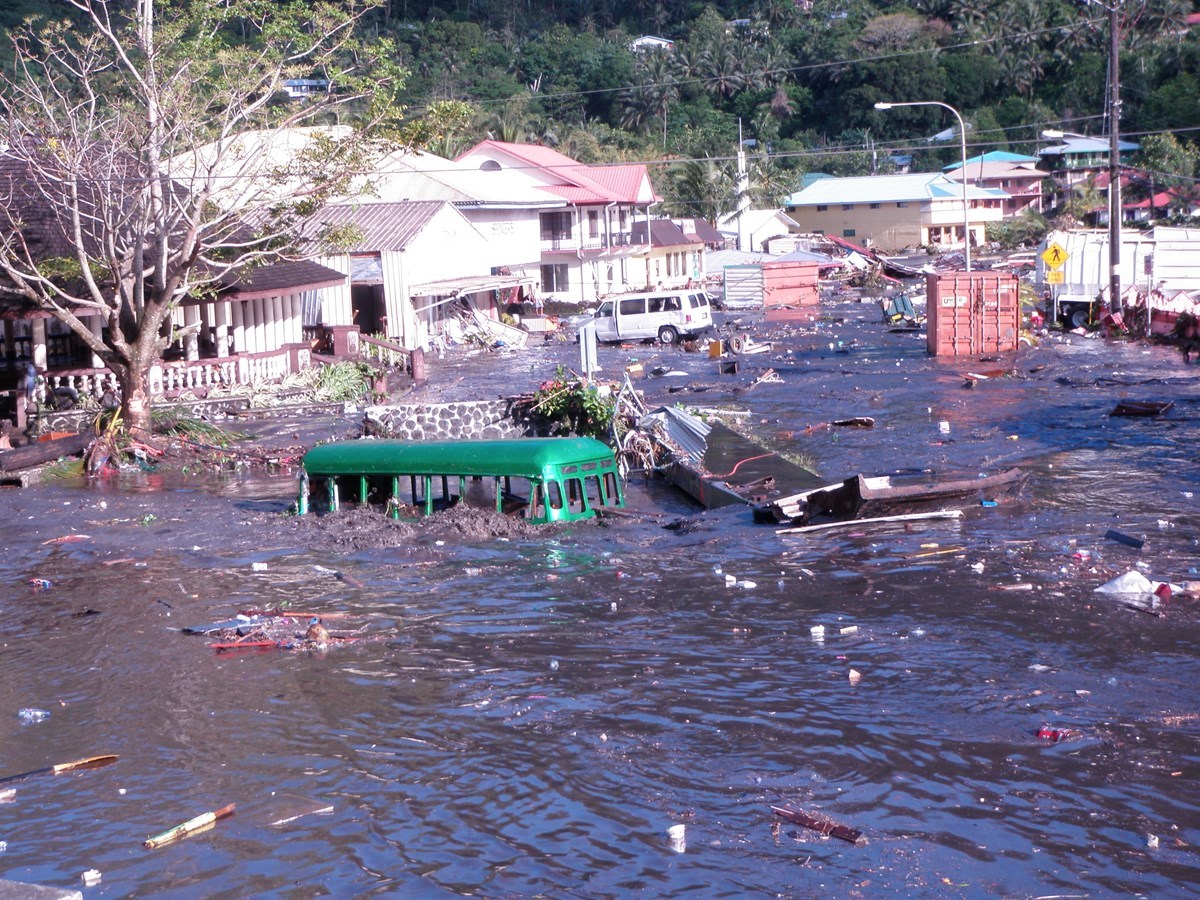
Natural processes such as tsunamis, coastal landslides, and storms are driving forces of change along the coast. When combined with increasing sea levels, these events may have tremendous impacts on our coastal environments and beaches. Natural processes are integral in maintaining the geodiversity of coastal landscapes. They greatly contribute to the creation and transformation of our coastal landforms. Many natural hazards occur in cascading sequences which adds to their effects (e.g., earthquakes and tsunamis, coastal storms and storm surge), and many coastal hazards are becoming heightened with rises in sea level. Coastal hazards are factors that make each of our parks unique. However, these processes may become dangerous at the human-nature interface.
Related Links
|
Last updated: June 10, 2019
